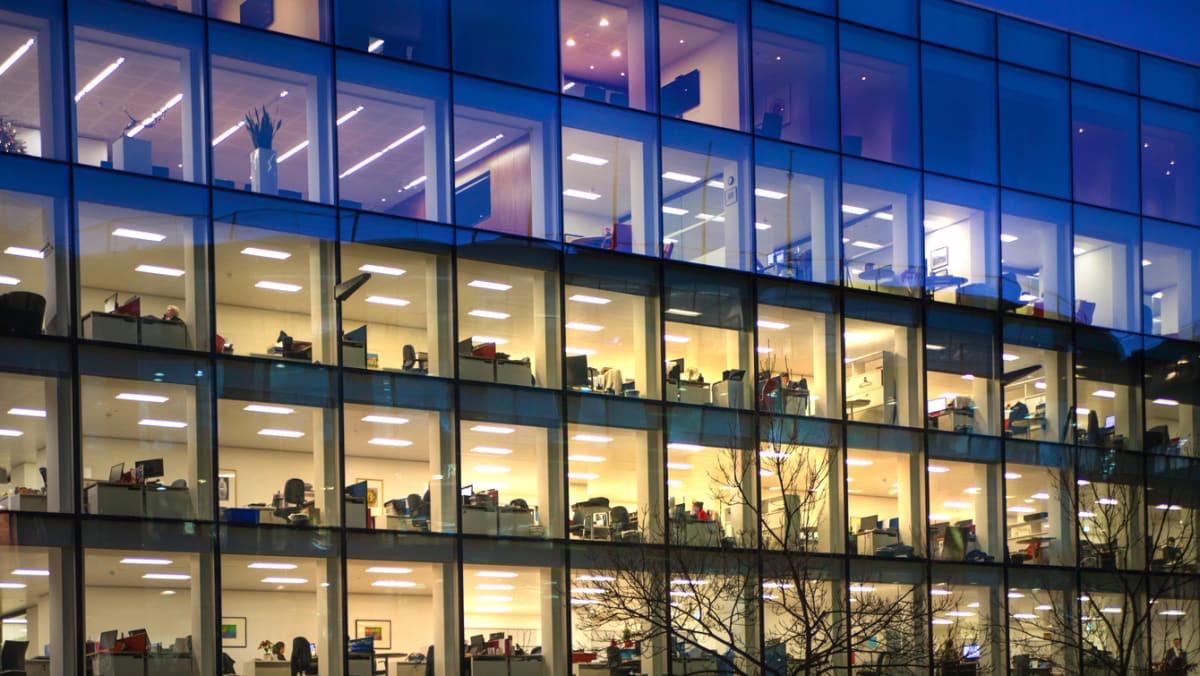Commentary: Switching off printers, replacing air-con filters – it’s not so hard for offices to go green
First, maximise energy efficiency in the office. One of the quickest ways is to unplug or switch off electronics, such as coffee machines and printers, during off-peak periods of night-time and weekends.
While most devices feature a standby mode that claims to save electricity, it still consumes power. Globally, standby power is estimated to account for about 2 per cent of home and office electricity use, and 1 per cent of carbon emissions.
In Asia where air-conditioning is an unspoken energy guzzler, cooling units should undergo regular “health checks” and have their filters replaced regularly. Clogged-up filters can compromise an air-conditioner’s functionality, resulting in overheating and more electricity consumed.
Next is to optimise the building’s energy consumption. Office buildings don’t have to be new to be energy-efficient. Retrofits for existing buildings can deliver results at minimal cost. For instance, LED fixtures are found to use up to 85 per cent less energy than traditional bulbs.
When it comes to cooling, a simple switch from the more common HVAC (heating, ventilation and air-conditioning) systems to DCV (demand-controlled ventilation) systems can improve a building’s energy efficiency. The latter automatically adjusts cooling output according to occupancy by sensing carbon dioxide levels in the air.
Other retrofits could range from using solar energy to power the office, upgrading water-efficient fittings, to linking metering to the building’s management system. These costs can be offset by government grants. The Energy Efficiency Fund, for instance, supports businesses with industrial facilities invest in energy-efficient equipment and technology.
The upside to going green is a potential cost savings of up to 37 per cent for office properties, according to UOB research published in December 2020.
For all the latest business News Click Here

